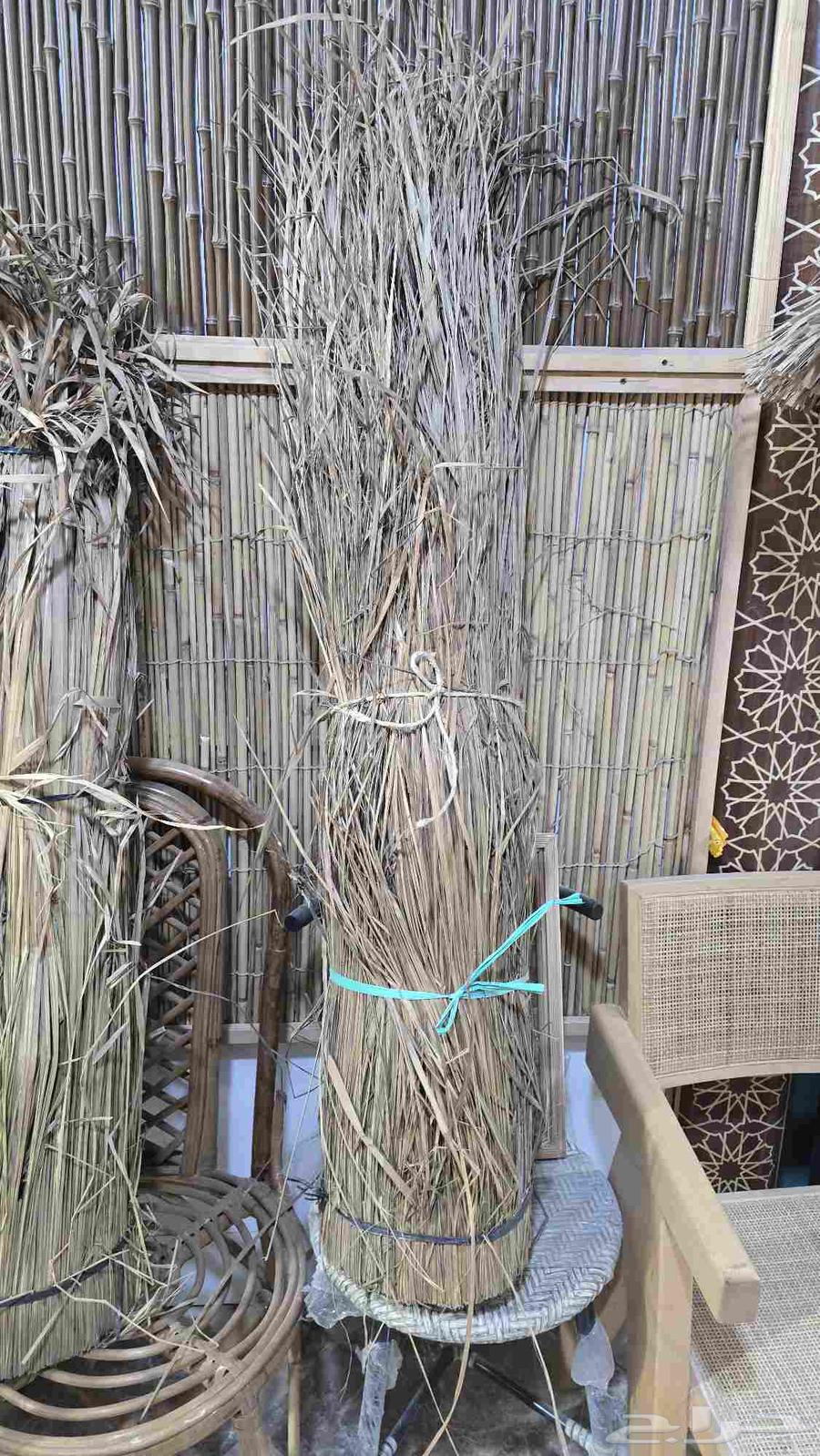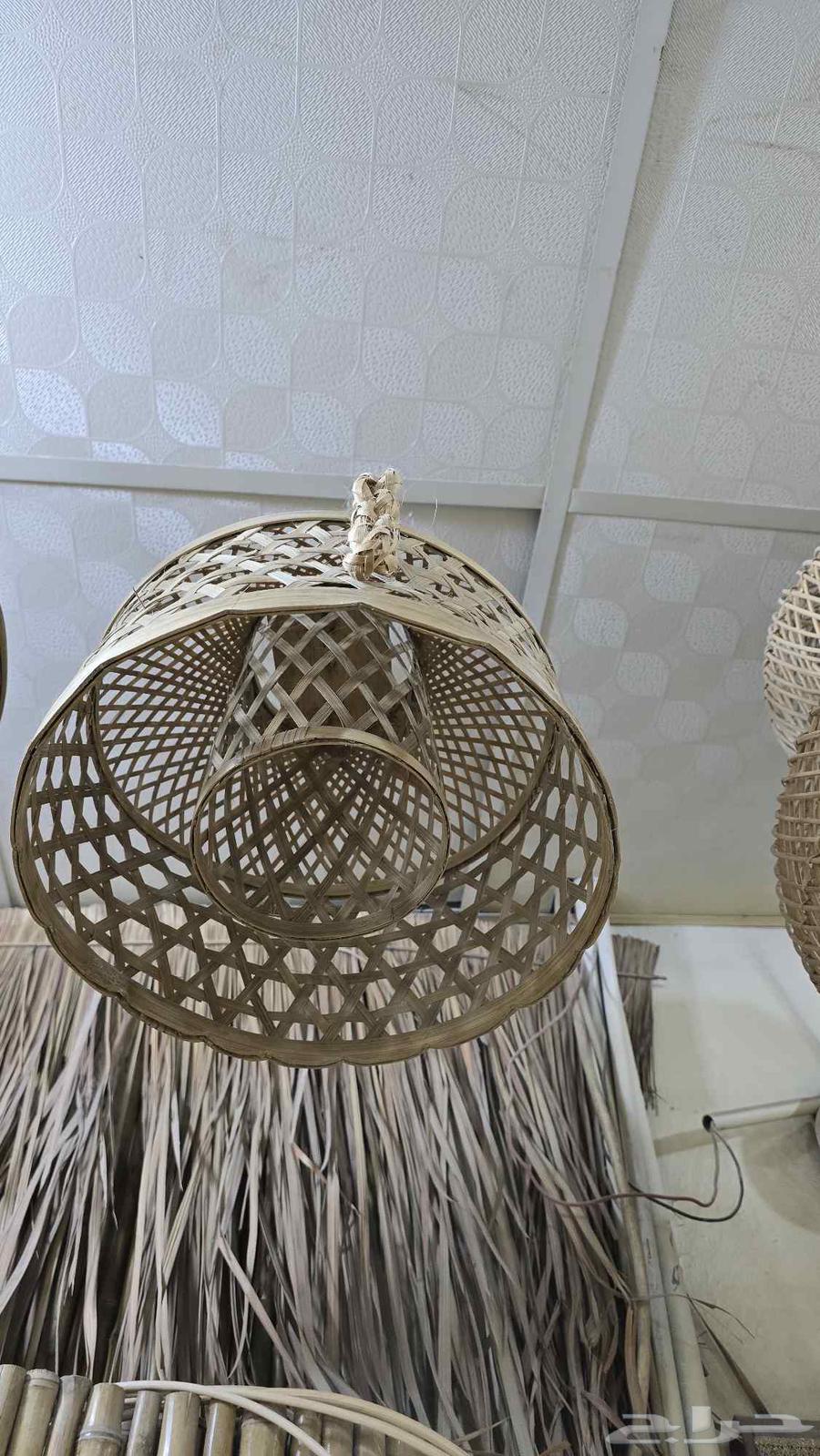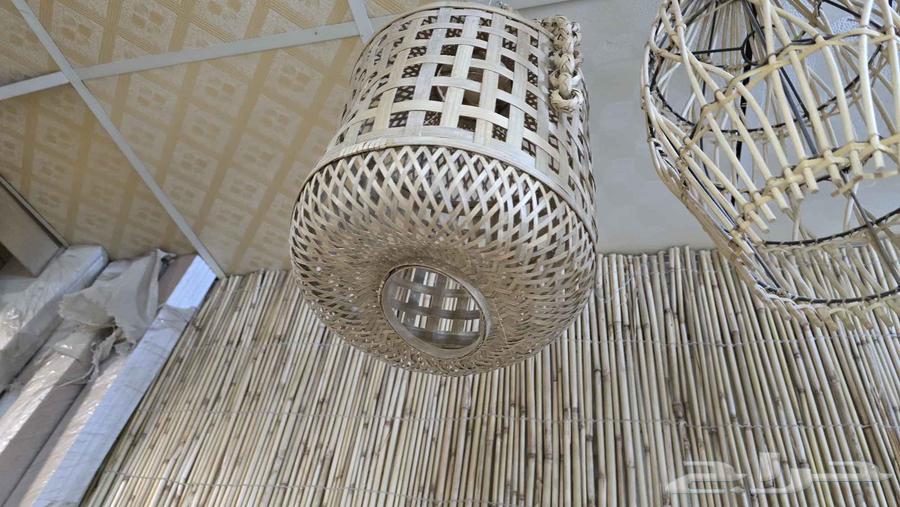






 19
19Using bamboo in the Kingdom of Saudi Arabia The use of bamboo in Saudi Arabia covers several areas — from decoration and shading to construction and exterior design — and is accompanied by growing interest in sustainability and natural materials. Below is a detailed overview of this usage, including examples, advantages, challenges, and important local factors. - ✅ Areas where bamboo is used 1. Designing shade structures and outdoor seating areas In Saudi Arabia, many companies use bamboo to create shades for homes, gardens, chalets, restaurants, and open-air cafes. For example: In Jeddah, services offering “bamboo shades” are provided as an environmentally friendly design option. This type of application is suitable for the hot and sunny climate, providing shade and a natural atmosphere. 2. Interior and exterior decoration of homes and buildings Bamboo is used in designing walls, ceilings, floors, furniture, and garden borders. It gives a natural, warm appearance and is considered a good choice for those seeking sustainable or «natural» design inside Saudi homes. 3. Construction, cladding facades, or exterior decoration Although full-scale construction using bamboo is less common in Saudi Arabia compared to some Asian countries, certain projects incorporate bamboo as a supplementary material for decoration, external wooden elements, or pergolas. - 🎯 Why is it used in Saudi Arabia? Distinctive aesthetic appeal: Bamboo provides a unique natural character different from traditional wood or metal, attracting customers who desire a «natural touch» or «natural environment» in outdoor spaces. Growing demand for sustainable options: There is increasing interest in Saudi Arabia in eco-friendly design, and bamboo is promoted as a renewable material that can help reduce carbon footprint. Suitability for Saudi outdoor environments: Outdoor seating areas designed with bamboo suit the sunny climate well, creating shade and integrating nature into architectural spaces. - Challenges and considerations specific to the Saudi market Treatment and protection against moisture and pests: Since some areas in Saudi Arabia may have high humidity (e.g., coastal regions) or extreme heat, bamboo must be properly treated to prevent rotting or insect infestation. Delivery and installation: Bamboo materials may need to be imported or specially prepared, which could increase costs or complicate the installation process. Standardization and sizing: As bamboo is a natural material, sizes may vary between stalks, requiring precision in design and installation to ensure visual consistency. Durability under harsh weather conditions: Some regions in Saudi Arabia experience strong winds; therefore, bamboo structures must be designed to withstand wind and extreme climatic conditions. - Tips for using bamboo in Saudi Arabia Ensure that the supplier or contractor treats the bamboo with anti-insect and moisture-resistant treatment before installation. If used for shades or outdoor seating, choose a design that allows good ventilation to avoid heat accumulation underneath. Maintain sufficient clearance between the bamboo stalk and soil or ground surface to prevent decay or rotting. Combining bamboo with local materials such as stone, clay, or metal panels can create an attractive appearance consistent with Saudi architectural style. Consider annual maintenance: cleaning and reapplying protective treatments if necessary, especially if the bamboo remains outdoors year-round. - If you'd like, I can search for real project examples in Saudi Arabia where bamboo has been used (photos + design details + contractors), so we can see how it's applied
